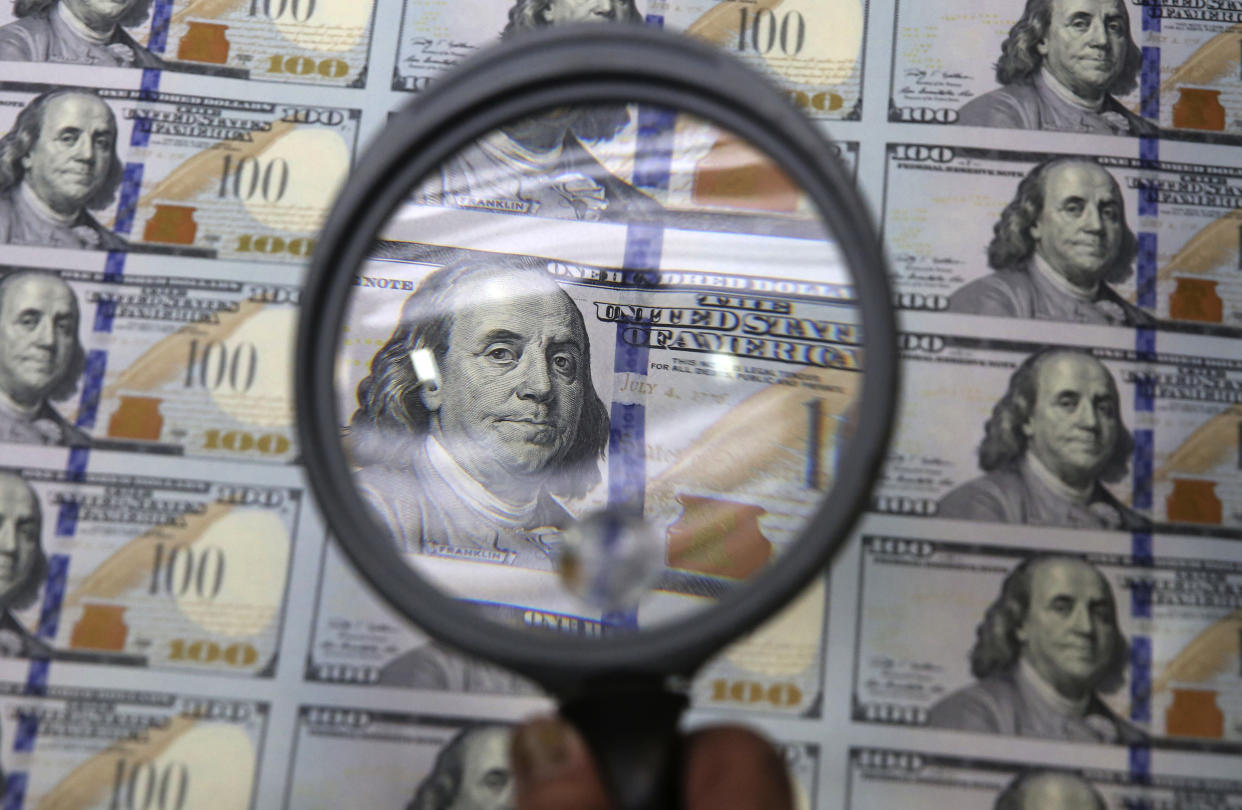Much of the theft was brazen, even simple.
Fraudsters used the Social Security numbers of dead people and federal prisoners to get unemployment checks. Cheaters collected those benefits in multiple states. And federal loan applicants weren’t cross-checked against a Treasury Department database that would have raised red flags about sketchy borrowers.
Criminals and gangs grabbed the money. But so did a U.S. soldier in Georgia, the pastors of a defunct church in Texas, a former state lawmaker in Missouri and a roofing contractor in Montana.
All of it led to the greatest grift in U.S. history, with thieves plundering billions of dollars in federal COVID-19 relief aid intended to combat the worst pandemic in a century and to stabilize an economy in free fall.
An Associated Press analysis found that fraudsters potentially stole more than $280 billion in COVID-19 relief funding; another $123 billion was wasted or misspent. Combined, the loss represents 10% of the $4.2 trillion the U.S. government has so far disbursed in COVID relief aid.
That number is certain to grow as investigators dig deeper into thousands of potential schemes.
How could so much be stolen? Investigators and outside experts say the government, in seeking to quickly spend trillions in relief aid, conducted too little oversight during the pandemic’s early stages and instituted too few restrictions on applicants. In short, they say, the grift was just way too easy.
“Here was this sort of endless pot of money that anyone could access,” said Dan Fruchter, chief of the fraud and white-collar crime unit at the U.S. Attorney’s office in the Eastern District of Washington. “Folks kind of fooled themselves into thinking that it was a socially acceptable thing to do, even though it wasn’t legal.”
Read more at AOL.com




